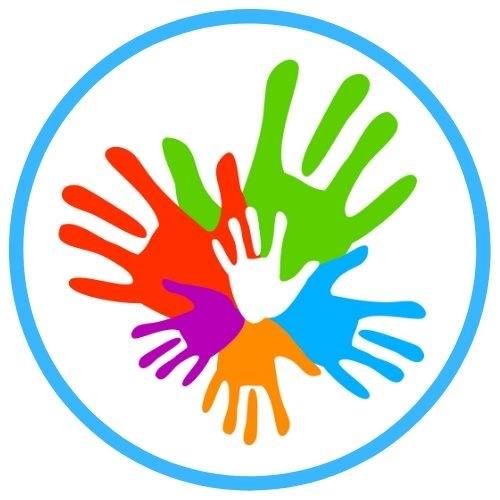Gluing and Sticking
The glue you choose to use for your collage project will depend on what type of items you are using. In some instances, you may even use a couple of different kinds of glue for a single collage. You might, for example, need a good spreadable adhesive for paper and a heavier duty one for the objects that go on top of that background.
Many crafters find that having a variety of glues on hand is the best approach.
Zip Dry
A favorite glue for many paper crafters and scrap bookers is Beacon's Zip Dry glue. It dries fast and clear and claims to never wrinkle or warp the paper. If you ask anyone who has had experience with this adhesive, they'll probably tell you that all of this is true.
Zip Dry does have an odor that can bother some people who are sensitive to that. It's also more expensive than glue sticks or the average craft glue. However, a little bit does go a long way and if you work with paper often, it's definitely worth having in your craft kit.
TIPS
Feel free to use tools to apply the glue neatly. You don’t have to only squeeze the glue out of the top it came with. Kids can use a q-tip dipped in glue or Mod-podge for their projects. You can even use a paintbrush to apply glue. When using a paint brush, make sure to wash it quickly before it dries.
Let it dry thoroughly. Read the instructions and let the glue dry as long as possible. If you try to move your project before the glue is 100% completely dry, you risk ruining it and then you have try and remove the old glue and start over.
HOW TO GLUE PAPER
For light use paper crafts where you might want to change things; use repositionable glue dots, spray glue or a glue runner
For permanent paper crafts: use a glue stick or permanent glue runner/double stick tape
To glue paper to other surfaces: use decoupage glue to glue the paper down and another coat or two to seal it to the surface. Make sure there are no air bubbles!
HOW TO GLUE CARDBOARD
To glue thin cardboard together: use craft glue or permanent double stick tape
To glue thick corrugated cardboard together: use hot glue, apply carefully to avoid visible glue leaks and strings
HOW TO GLUE FABRIC
To glue fabric together: use fabric glue, apply thinly so it doesn’t soak through the fabric
To glue fabric to other materials: consider using decoupage glue and decoupaging the fabric just like you would paper
HOW TO GLUE FELT:
To glue felt together: craft glue or fabric glue work great!
HOW TO GLUE WOOD
To glue thin craft wood like balsa or basswood together: use craft glue or wood glue
To glue any other wood together: use wood glue, make sure to apply it carefully and wipe off any excess
HOW TO GLUE FOAM
To glue thin sheets of craft foam: use craft glue
HOW TO GLUE STYROFOAM
To glue styrofoam together: use craft glue
Do not use: spray adhesive, hot glue or super glue, they are likely to dissolve the styrofoam and give off fumes
HOW TO GLUE PLASTIC
To glue small pieces of plastic together: use craft glue, super glue or hot glue
To glue bigger pieces of plastic together: use heavy duty glue
HOW TO GLUE PLEXIGLASS
To glue plexiglass together: use super glue and a super glue accelerator, apply sparingly at the joint and hold until dry
HOW TO GLUE GLASS
To glue glass together or to other surfaces: use heavy duty glue, you really don’t want it to break!
HOW TO GLUE METAL
To glue metal together or to other surfaces: use heavy duty glue or a metal epoxy glue
HOW TO GLUE CERAMICS
To glue ceramics together or to other surfaces: use heavy duty gluedots and they both work great.
Teaching How to use Adhesives
How to make Glue Sponges
To reduce mess
Introducing How to use Glue Bottles
Introducing Gluesticks
Homemade Adhesives
Make your own Glitter Glue
Colored Glue With Kool Aide
Homemade Mod-podge All NaturalDries Clear
